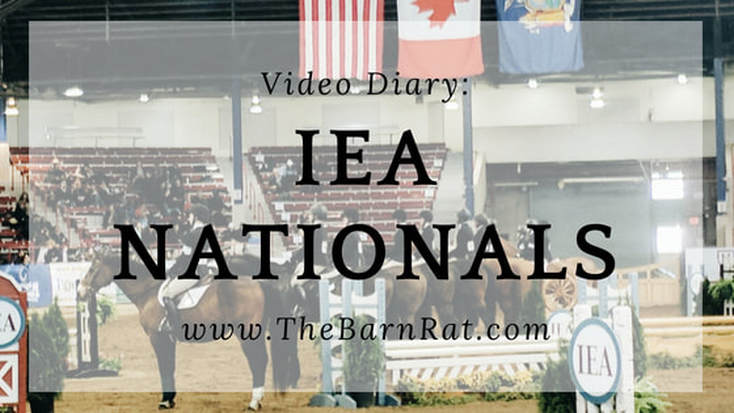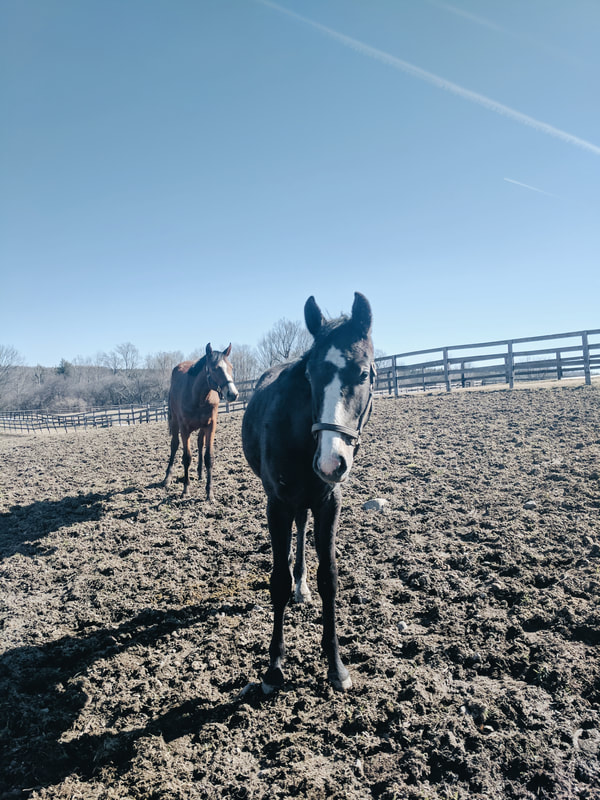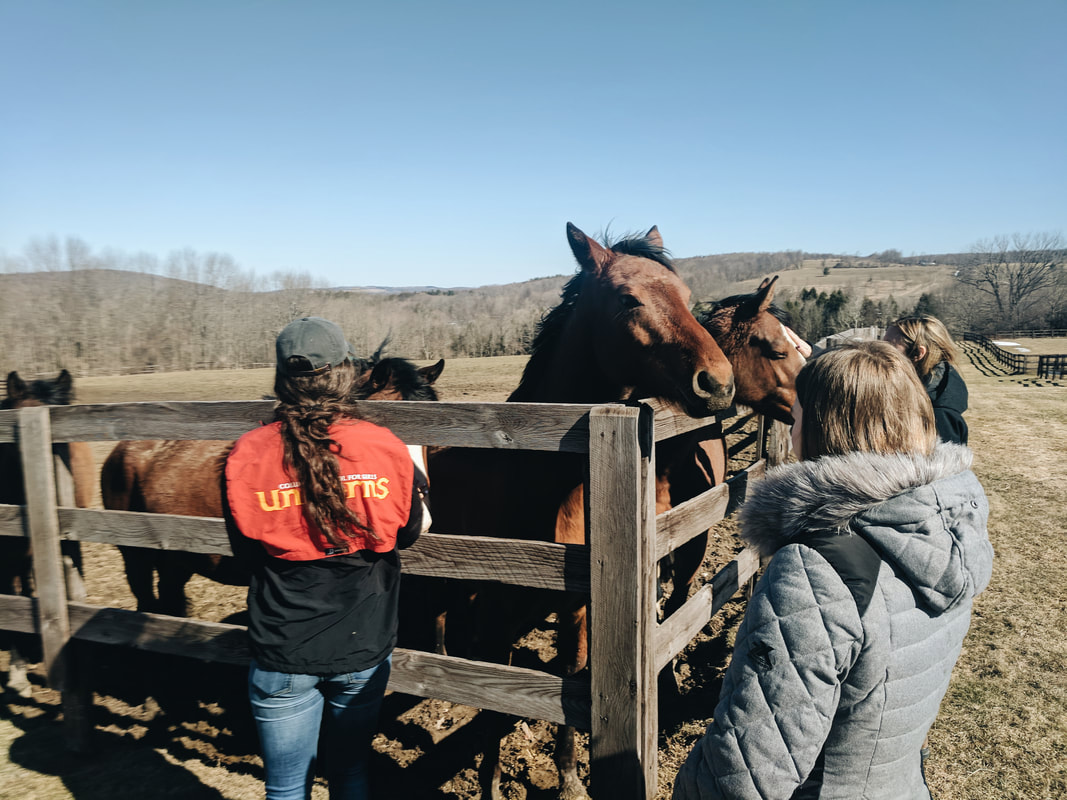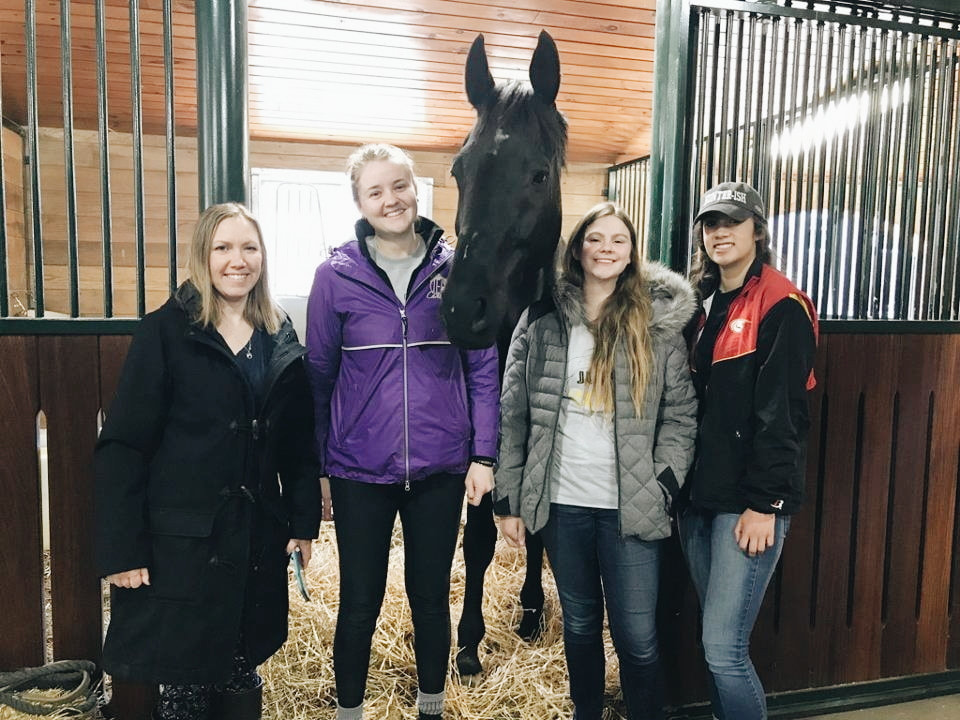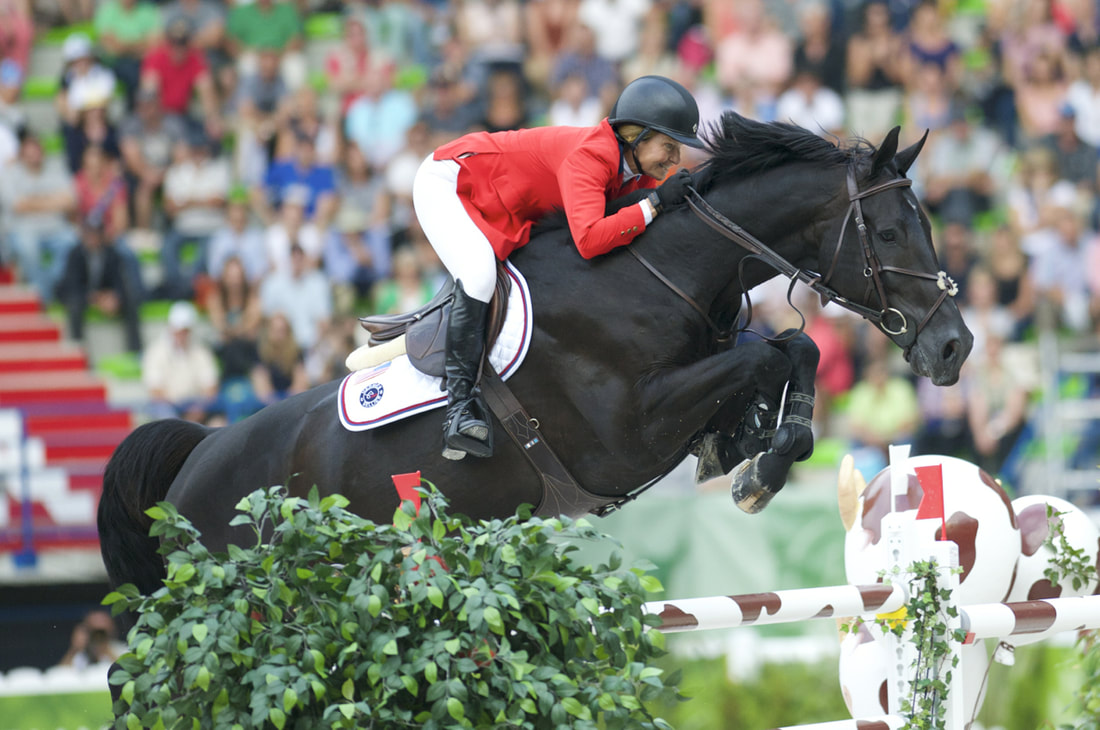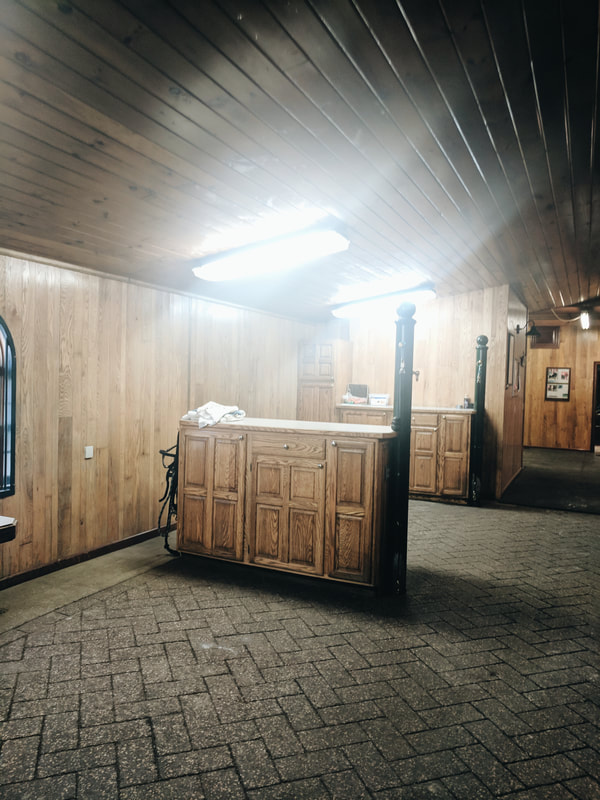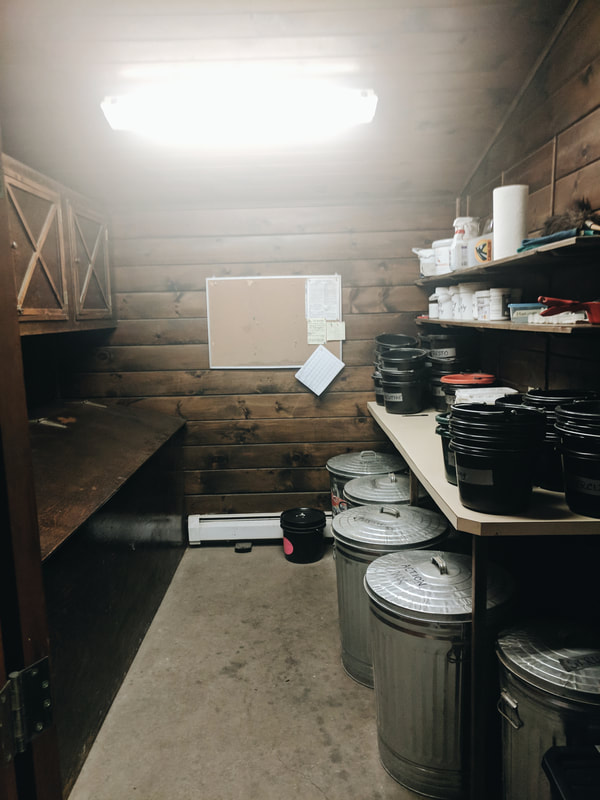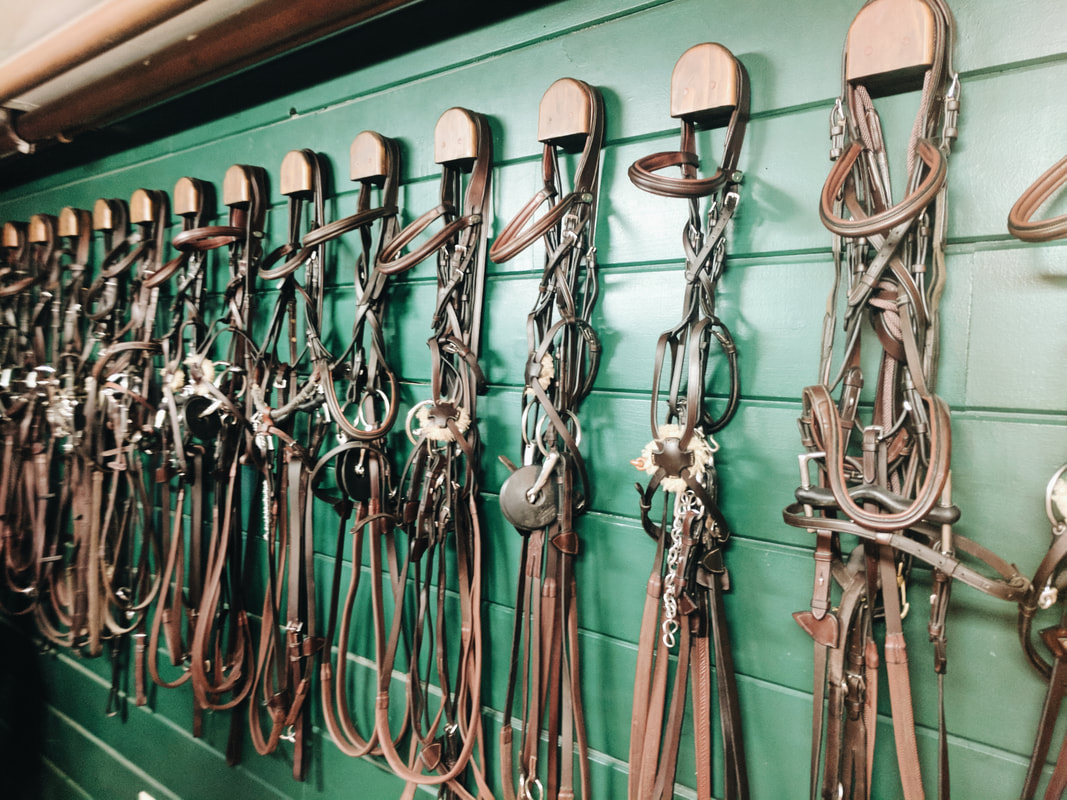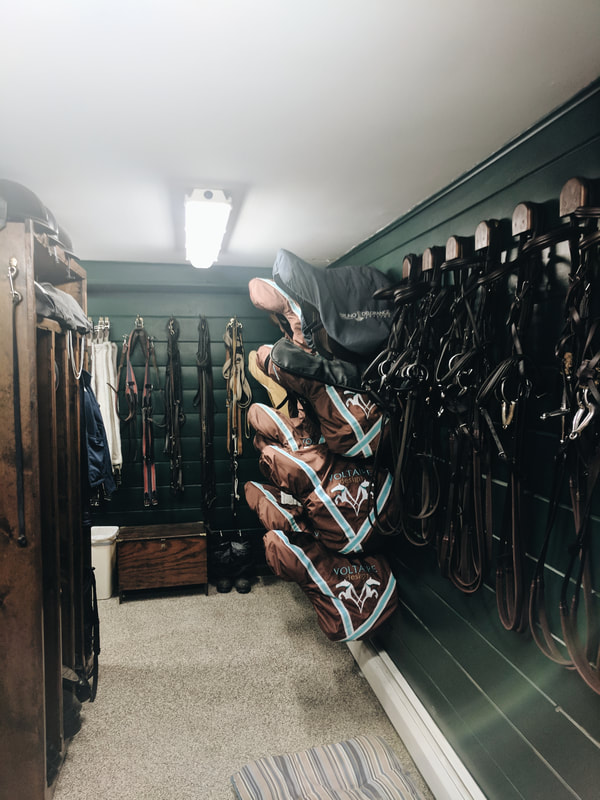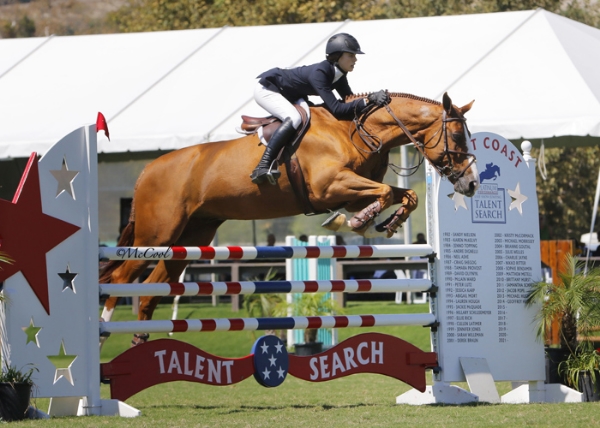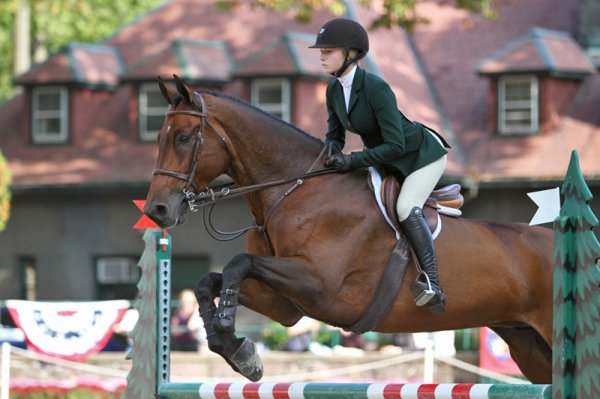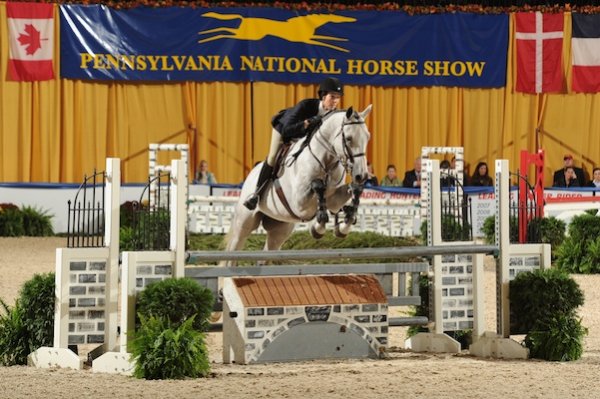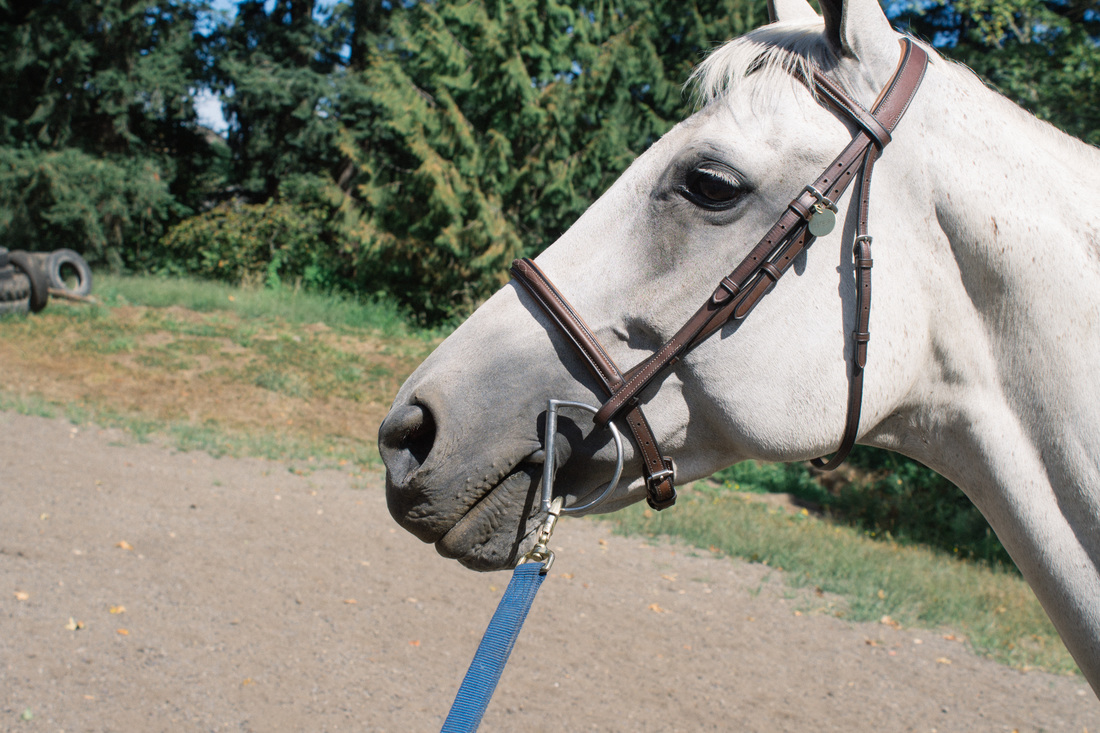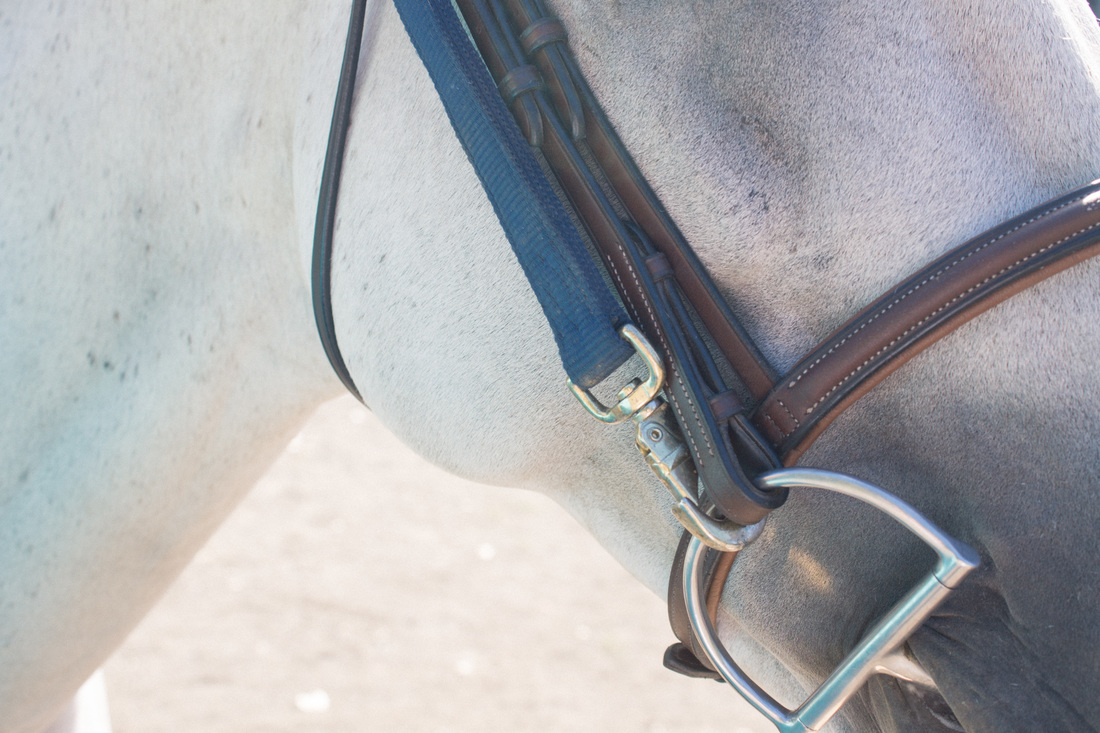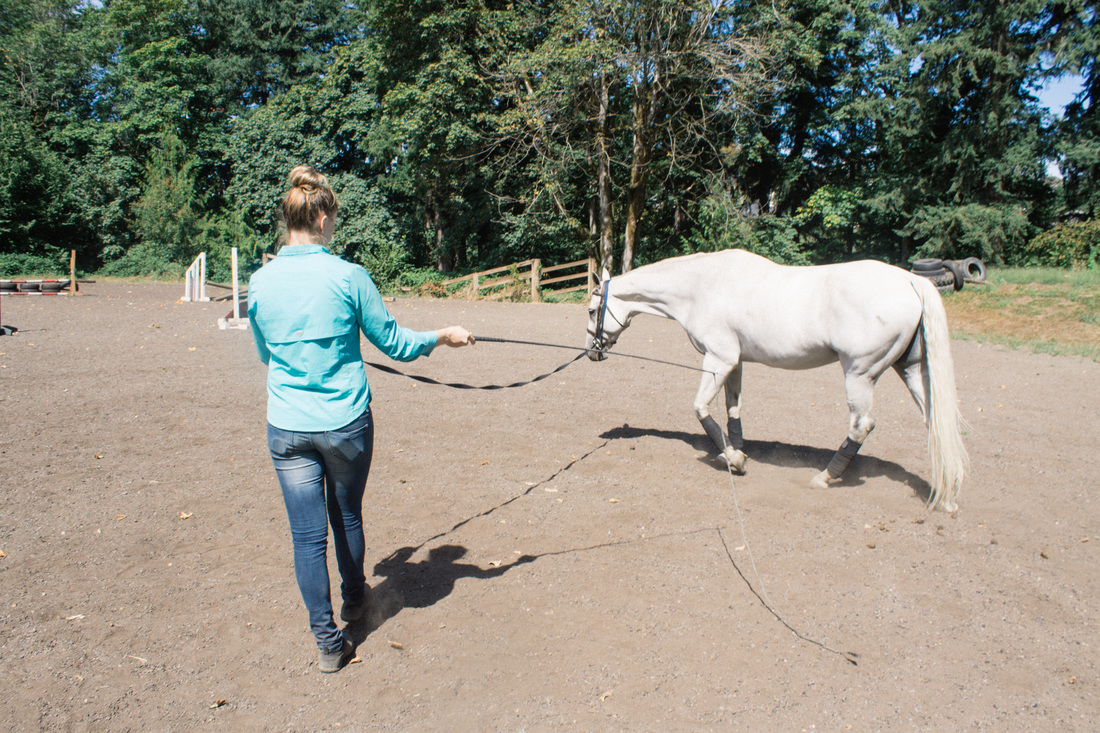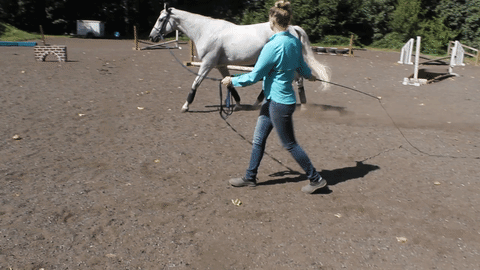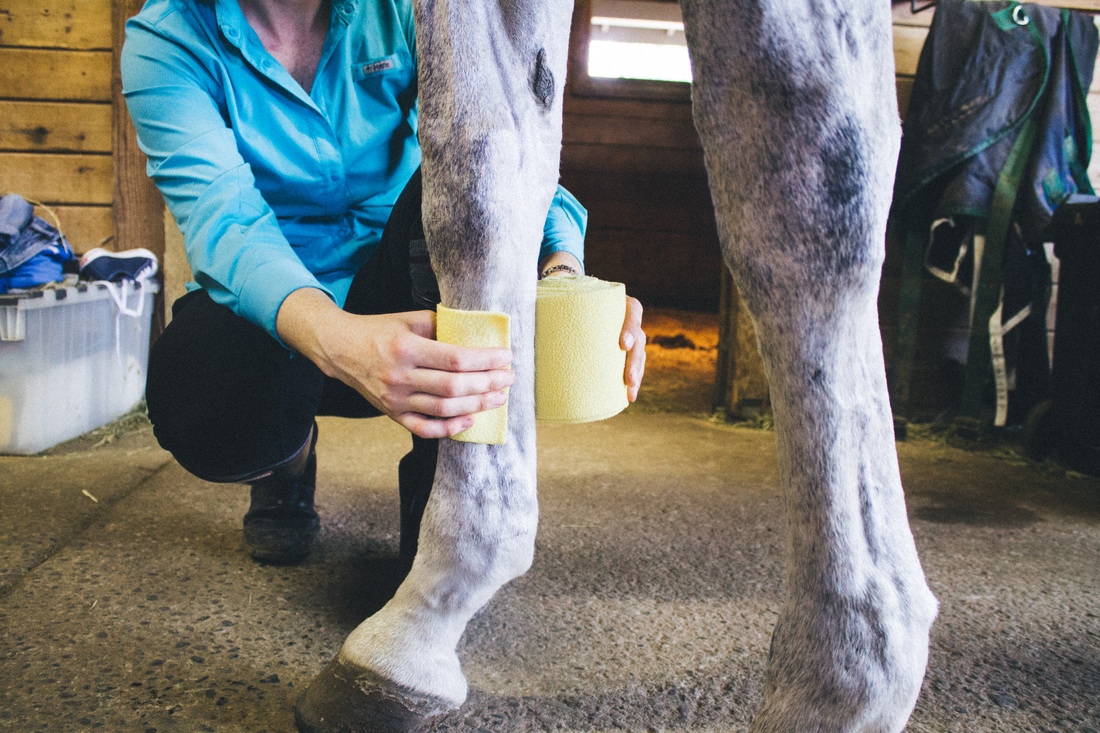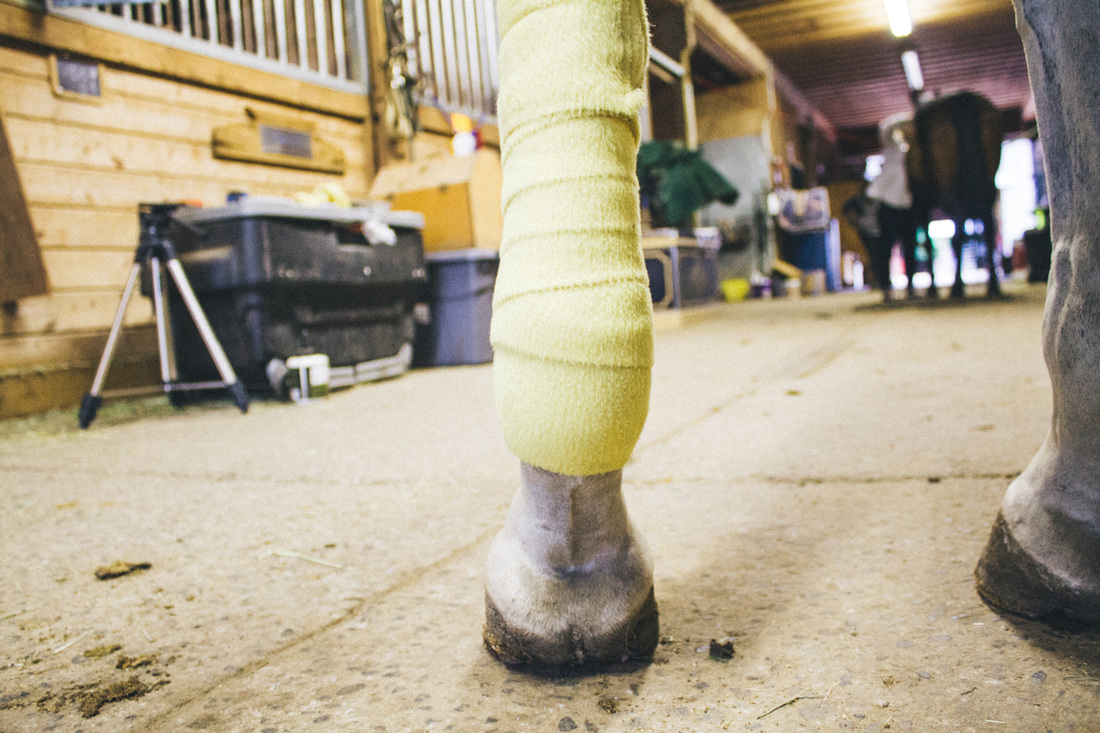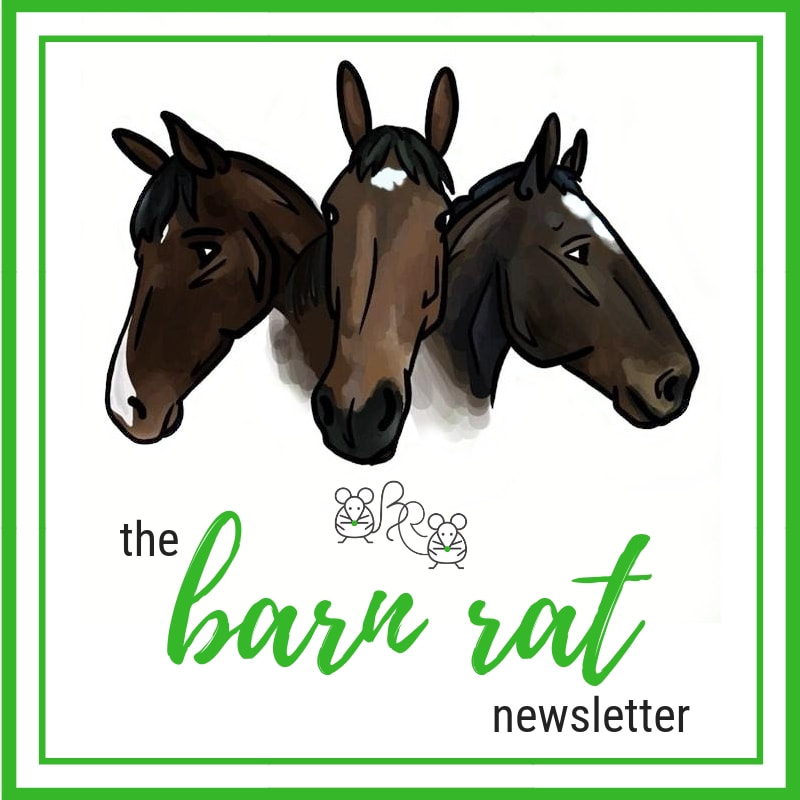|
The IEA season is just around the corner and I'm getting my backpack all ready to hit the road! As a coach I want to be prepared for anything that might come our way, so below you will see everything I have in my current ring bag. I feel like I'm pretty set, but there is always that feeling of something is missing. Hope not!
0 Comments
Finally, all the videos I took while at IEA Nationals coaching have made it into a video diary! We had a blast! Watch and get a glimpse into our time in Syracuse. How often is that you get to peak around the number one female rider in the world's barn?! Well we got to do just that! Our wonderful tour guides Becky and Meg showed us all around and gave us the inside scoop. AuthenticRead all about this superstar by clicking the link above! But, the short version is he was Beezie's mount for her first Olympic games in 2004 in Athens winning a team gold medal and again in 2008 winning a team gold medal and an individual bronze medal. Authentic was retired from competition in 2009.
Cortez CKnown in the barn as Tiny, Cortez C helped Beezie win the bronze at the 2014 World Equestrian Games and he won the "Best Horse" title. He also helped team U.S. win the silver at the 2016 Rio Olympic Games.
Come along on our tour! Watch the video below. If you are under the age of 18 and enjoy jumping, then you have probably heard of the big eq classes at the fancy 'A' rated horse shows and maybe even watched with awe as these kids soared over the giant obstacles. I know that was me! For many it is the end-all be-all goal to accomplish with your riding career. And for many it truly can be the extent of their riding career. After turning 18 (and depending on the show competition calendar that is kind of complicated) you can no longer compete in the Junior divisions and then there are things like college and real life that need your attention. Below you can read about each of the different Equitation finals. They are each unique, focusing on different aspects of riding. If you have any questions about these different classes please feel free to contact me!
The second reason would be for exercise. Working your horse on the lunge line is a perfect solution for those days when you maybe don't have time or the energy to fully tack up and ride. There are many different pieces of equipment that can help teach your horse how to hold themselves properly. We will go over those in posts to come. Another important reason to know how to lunge is when you need to for the vet. Many times lamenesses only show up on a circle and knowing what you are doing and having your horse know whats happening is key to helping the vet.
Depending on which direction your horse is going determines what hand you hold the lunge. Now, I am right handed so it is much more comfortable for me to hold the lunge line in my right hand. However, in order to safely lead my horse around the circle I have to change it up. When I am lunging to the left, counterclockwise, then the line needs to be in my left hand. Therefore, when I am lunging to the right, clockwise, the line needs to be in my right hand. There are two reasons for holding the lunge line like this. The first is because you need to lead your horse around the circle. If you hold the lunge in the opposite hand, the line then "crosses" your body and you end up actually signaling to your horse to slow down and move backwards, instead of telling your horse to move forward around the circle. The second reason is because you should be holding the lunge whip in your other hand. I will always bring a lunge whip with me, even if my horse is too energetic. I may just drop it in the center of my circle and not use it, but if I need one I want to have one handy.
Holding a whip is not ever supposed to scare or cause injury to your horse! The main reasons are to tell your horse to continue to move forward and as a way to keep space between yourself and an energetic outburst. Many times I have had to use the lunge whip to keep a horse away from me because they are bucking and playing and they don't realize how close they are to me and that a stray hoof could easily hit me. Safety should always come first for you and your horse any time you handle them. Notice how I have wrapped all four of my horse's legs in polo wraps to keep them protected just in case. As always, you should be wearing closed toed shoes and gloves are a smart choice as well. Look! Even husbands can do it!
Walking with your horse also forces you to do another SUPER important thing! Pay attention to what your horse is doing! Many times people will just let their horse out on a large circle and let them have at it and stop watching. Working your horse on too small of a circle can be dangerous, especially if they are wild. They can slip and fall down or strain one of the tendons in their legs because you weren't paying attention. If you are aware of what your horse is doing on the lunge line you can help them avoid rocks or deep spots in the footing or you can help them work through a "scary" area of the ring. You can also make sure your horse stays balanced and uses themselves properly. Many horses will fall off their leads at the canter and it is your job to make sure they keep working correctly, even if you are just trying to burn off some steam. Before I wrap up there is just one more thing you need to do every time you lunge your horse. Go both ways! Horse's are more comfortable going one direction, but it is your job to make sure they get worked evenly. Many times I will think the horse I'm lunging is quiet now, only to change directions and realize they still have bucks they wanted to get out. Also, if you are lunging for exercise it is important to build each side of muscles evenly. Whew! That was a long one, but it is all very important to a safe and successful lunge. If you have any questions at all please feel free to contact me! And in case you are interested below is a video of me walk, trot and cantering my horse on the lunge line. Ever struggle with piles and piles of messy blankets? I think every horse person has. A blanket for each possible temperature adorn your horse's stall front. This simple way of folding blankets keeps the clutter down and hides all of those runaway straps in just a few simple steps.
#1) Hold the blanket up and meet up the edges evenly. #2) Place the blanket on the ground, again making sure the edges are close enough together. Let the straps fall away from the blanket. You don't need to worry about them at all when folding a blanket this way. #3) Then fold the blanket in half horizontally. Hot dog style if that makes more sense to you. #4) Grab the middle of the blanket with both hands and lift away from the ground. During this, the blanket straps automatically fall into place and hide themselves away enough to stay tidy! #5) Fold in half once more and you are ready to hang your blanket on the front of your horse's stall. If you read last weeks post about the 6 Wrong Ways to Wear a Hair Net and were guilty of one of those styles then this post is for you! Wearing a professional and sleek hair net is one of those things you don't want to draw attention to. People only notice a bad looking hair net. Don't be that person.
First you will need a horse show hair net. I've tried before to buy the hair nets they sell at Walmart or Target, but those are extremely thin and useless. Spend the money and get the kind they sell at tack shops or horse shows, they are worth it! I like and use these from Dover Saddlery, and they come with a matching hair tie. It's everything you need! The hair nets come in a range of colors, so try and get the one that matches the best. I usually stick to the medium brown. Start by brushing your hair straight down and in front of your shoulders. This helps cover your ears the best. I'm not 100% sure as to why covering the ears is SO important, but it is! If you have short bangs, be sure to pin them back, trust me it's just easier than trying to wrangle them into the hair net. If you have layered hair don't worry, so do I and the hair net can handle them. Now I don't have very thick hair, but it is pretty long and I don't have any problems with it all fitting under my helmet. When you put the hair net on to begin don't worry about it coming too far down your face, we'll fix that later. First just focus on covering your ears completely with hair. I let me earlobes stay poked out so my earrings don't get caught. And this adds just a touch of sparkle that I can't help but enjoy. Pull the hair net back into the same grasp as the rest of your ponytail and use the hair tie to secure it all together. Now you can push back the hair net to be in line with your hairline. Flip upside down and pull your ponytail forward. Make sure there aren't any runaway strands. Then put on your helmet from back to front. Check the hair over your ears one last time and you are all set! First things first, watch the video about how to roll wraps then come back here to learn how to use them. Alrighty, now that we have a safe wrap to use start with either of the ways listed below, either the H/J way or the Polo way. In this video the H/J way is demonstrated. To properly wrap and avoid injury you must ALWAYS wrap from the inside, around the front, and the towards the back. If you wrap the other way you will put a lot of strain on the tendons and ligaments on the back of the leg and can injure the horse. A bowed tendon is no fun and means time off for your horse, so be careful! Think of it this way, you are drawing a heart around their legs with the direction you wrap. The image below might explain this better. Once you have started your wrap correctly, maintain even tension throughout the entire wrap. If wrap tighter in one area and looser in another, this could cause slipping of the wrap and injury. Wrap all the way down the leg, from the base of the knee to the fetlock (ankle), when you reach the fetlock wrap around the base of the joint. This should create a criss-cross in the front and center of the leg. Then work your way back up the leg and finish at the base of the knee. Make sure the velcro is secure at the top to prevent the wrap from coming off. Ideally, your wrap will have even spacing all the way down and back up. If you start working your way back up and run out of wrap do not just dramatically increase the spacing or secure the velcro in the middle of the leg. These are both great ways to cause injury, so unfortunately you should remove the wrap, re-roll it, and start over. Why do we use Polo Wraps? For support. Think of polo wraps as an ankle brace or knee brace you might wear when exercising or playing a sport. The wrap provides support to a sensitive area of the horse helping to prevent injury. A polo wrap is the most supportive leg protection for the tendons and ligaments. Boots can also be used for protection, but often they don't offer as much support. However, hard sided boots are better protection from the back legs accidentally kicking the front legs. Always, talk to your trainer about what boots are the best for your horse. Each horse has different needs and trainers have their own preferences. Any questions? Feel free to leave it in the comments and I will be sure to answer them for you! Rolling polo wraps might not seem like something that should require a full on video to explain. But, here's the thing. If you roll up your wraps like this you eliminate a couple of things. First, confusion. Sometimes wraps look bigger when wrapped loosely and will trick someone into thinking they will fit a bigger area than they really will. That's just annoying. Second, you eliminate mess. I hate it when I drop a wrap and because the ends weren't tucked in it unrolls down the whole barn aisle. No one wants more work, and have to re-roll a wrap. And finally, injury. When a wrap is, again, rolled loosely you then have to pull it tighter as you wrap it around the leg. This is commonly done with inconsistent pressure and then can cause the horse to pull a tendon or ligament resulting in lameness, time off and possibly something more serious. Don't take that risk. It's simple, just roll a good wrap to start and you (or whoever ends up using the wrap) won't have any issues.
A shiny, silky tail is always envied. But, unless done properly brushing a tail can rip out the hairs causing thinning and irritation to the horse. So, in order to keep your horse's tail thick and beautiful follow these steps and you'll be sure to wow the crowd!
Step #1: Generously and thoroughly spray the tail with ShowSheen. ShowSheen is a favorite product for detangling and increasing shine. Step #2: Using a wide tooth comb, begin to brush. A wide tooth comb is part of The Essential Grooming Box. NEVER use a hairbrush with close together bristles! These brushes rip out tail hair sooo easily. Step #3: Begin at the bottom and slowly work your way up. Step #4: Always use your non brushing hand to hold the tail. This helps prevent hair loss and irritating the horse by pulling on their tail. Step #5: Stay patient. You may need to brush the same area multiple times to remove all the knots. Step #6: When you are finished you should be able to run your fingers through the tail with minimal knotting. |
Categories
All
SponsorsInterested in sponsoring The Barn Rat? Be sure to contact us here!
|

